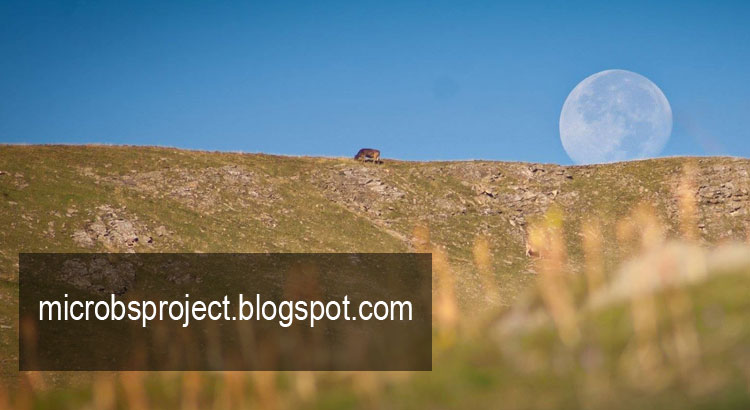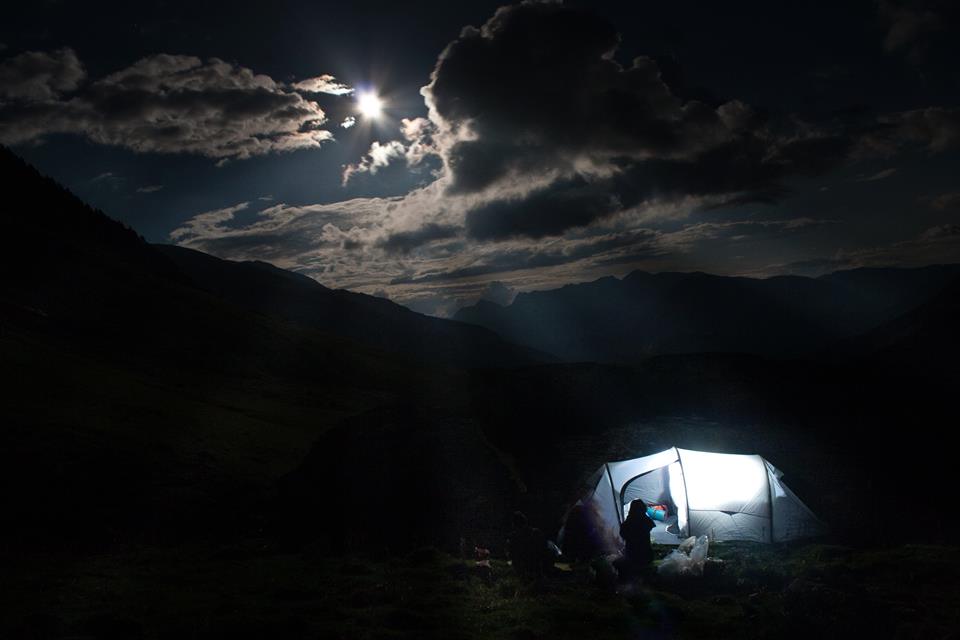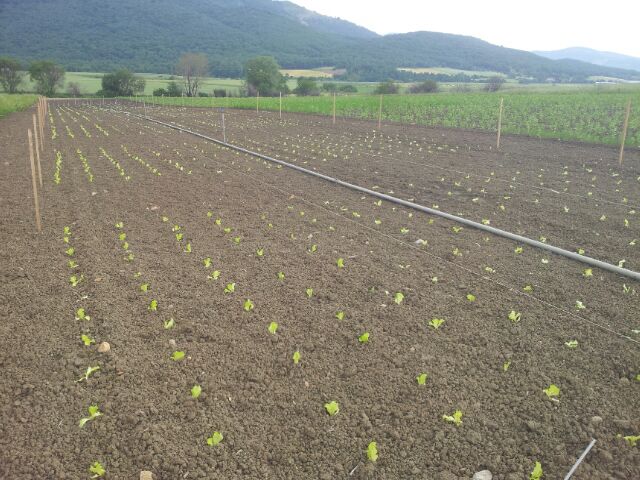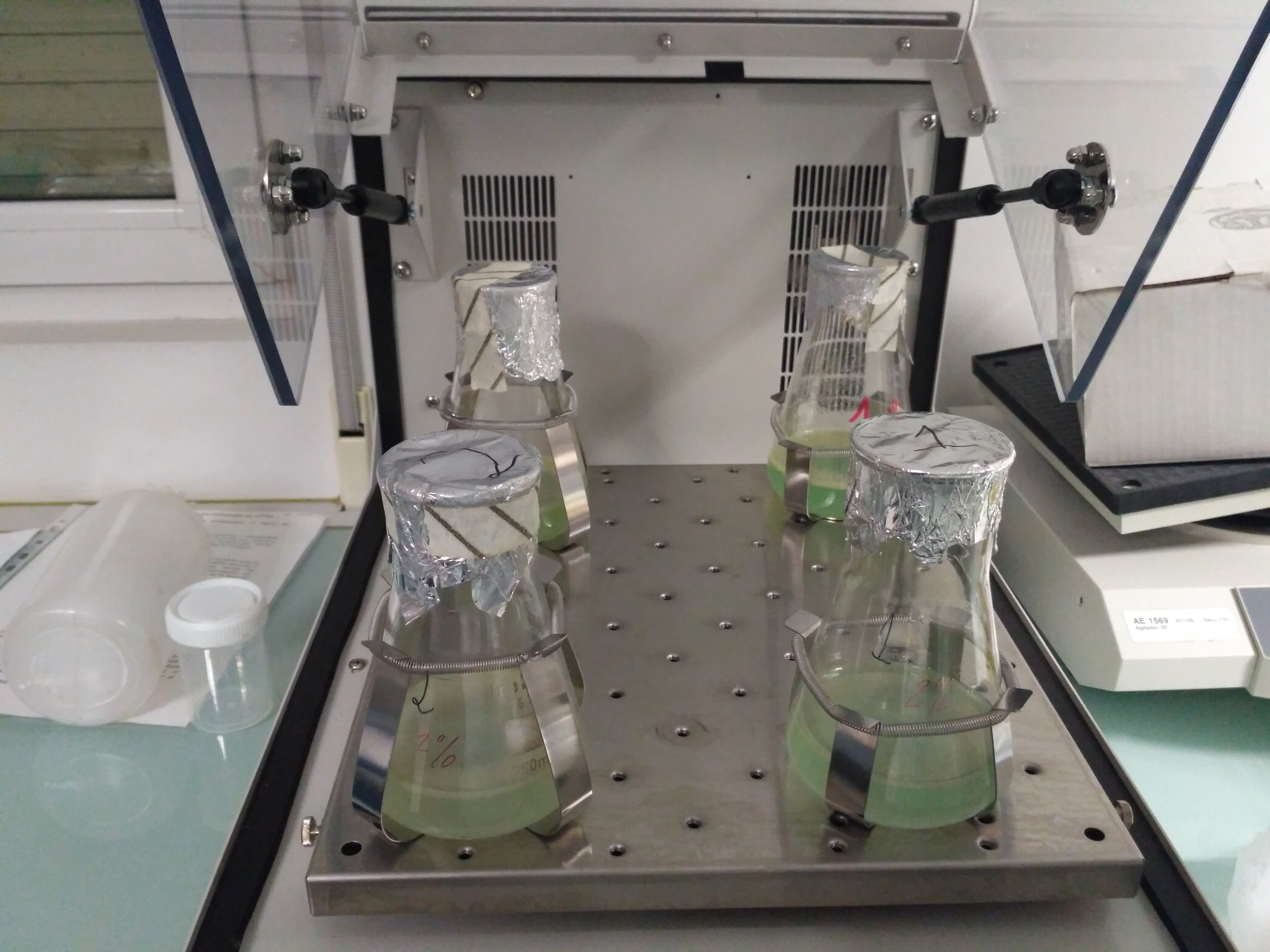The overall aim of MicrObs is to explore the influence of climate change on soil microbial communities in mountain areas and its consequences for ecosystem function, both locally and globally. The following specific questions will be addressed:
- What is the nature and extent of the shift in soil microbial community structure along the studied gradient?
- Can changes in phylogenetic community composition be related to functional or metabolic changes?
- How rapidly will compositional or functional changes occur in the soil microbial community?
The project “Microbial Observatory for the monitoring of the effect of global change on the sustainability of the soil resource” was initiated in 2010 by NEIKER. As part of the project, an alpine site allowing for sampling along an altitudinal gradient in the Pyrenees mountain range was selected, based on accessibility, protection status and, importantly, to minimise environmental heterogeneity. The gradient features 12 sampling stations evenly dispersed along a meadow with altitudes ranging evenly from 1,300 to 2,500 m. Local biological, geological and climatic conditions such as plant composition, pH, temperature, rainfall, snow coverage and precipitation are monitored at the sampling sites. Since 2011, soil samples are taken from all sites annually and stored at -80 °C. A previous study based on molecular fingerprinting (DGGE – Denaturing Gradient Gel Electrophoresis) showed a correlation between bacterial and fungal composition and altitude.
MicrObs will contribute to increased understanding of climate change and its relation to soil ecosystem health, resilience and function in mountain areas. Representing important environmental resources with significant relevance to global element cycles, this will also increase the understanding of the consequences of climate change at a global scale. Further, it will set an example by quantitating environmental heterogeneity and biogeography in a study site for the monitoring of climate change. This will help to establish practices facilitating for future long-term biomonitoring in this and other sites, by exploiting the constantly improving and increasingly costefficient technology of DNA sequencing.
For more information please visit www.microbsproject.blogspot.com





